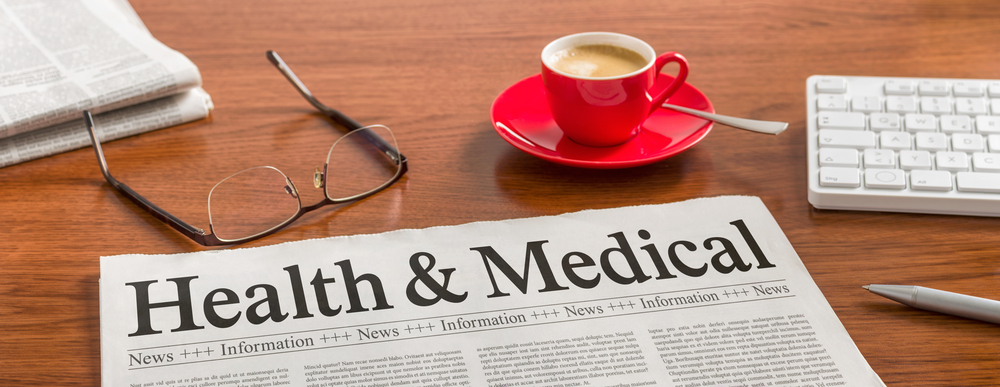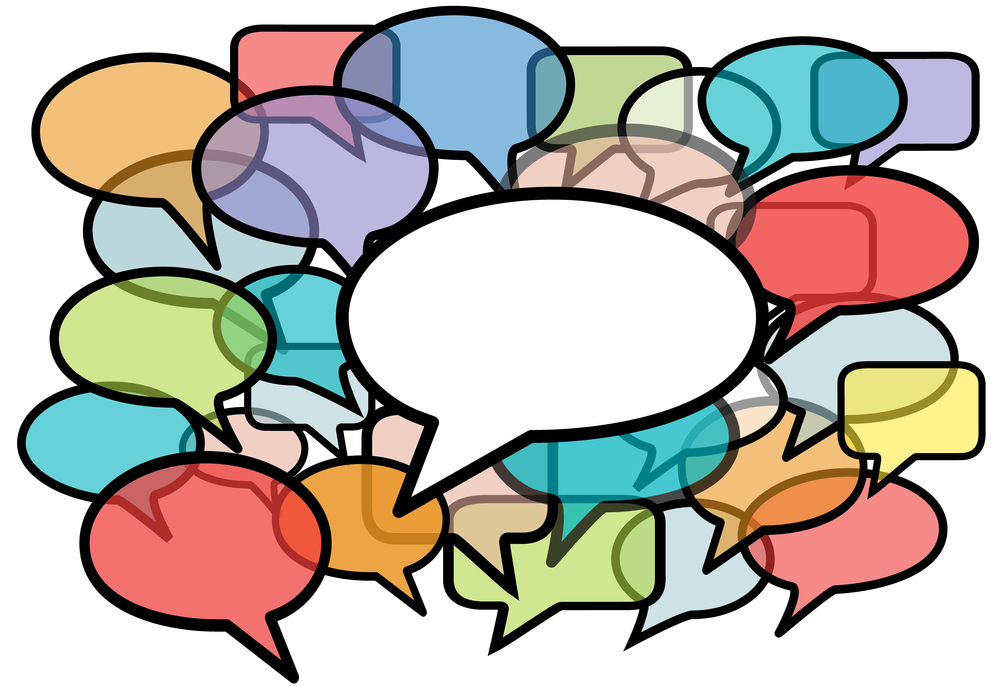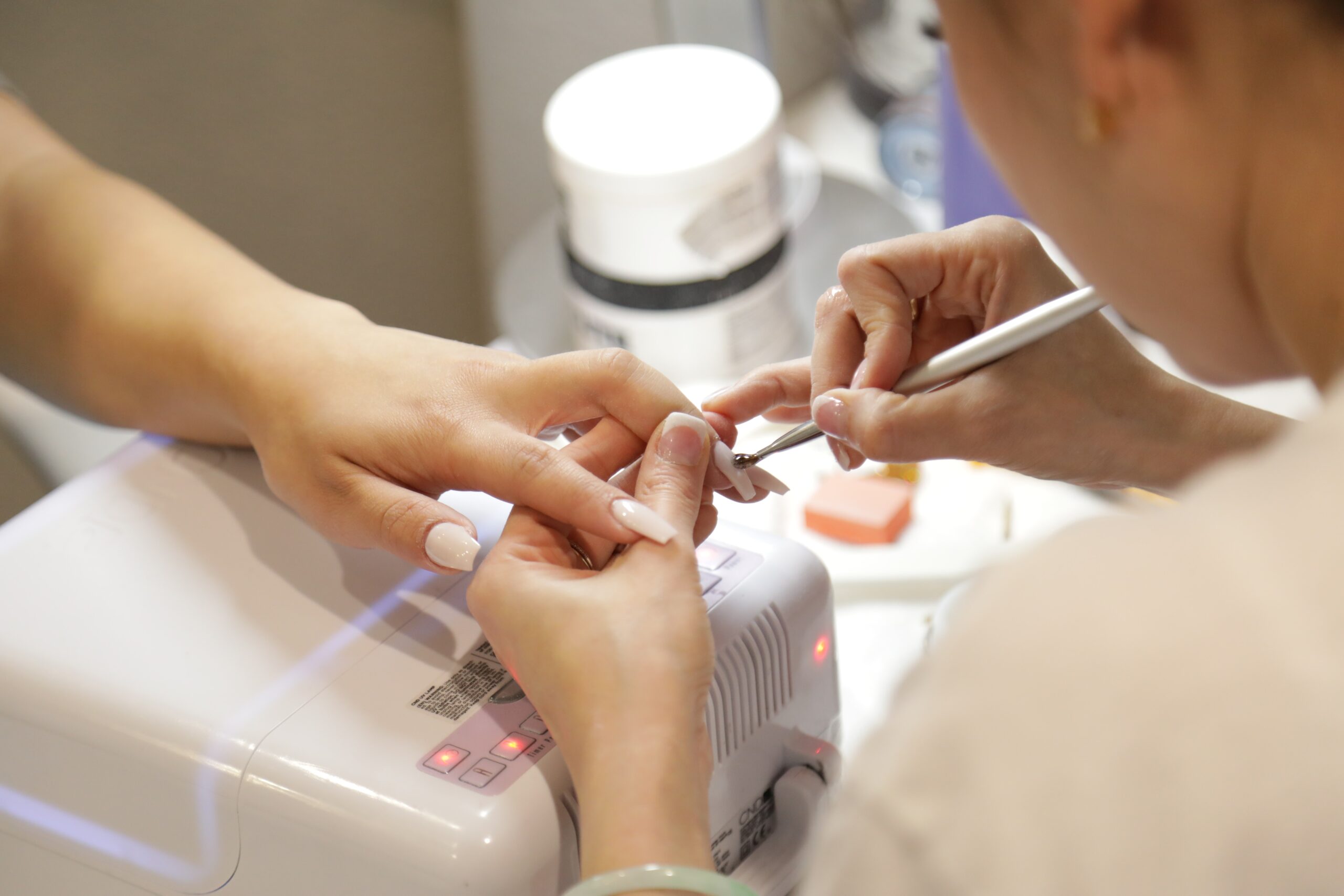!BREAKING NEWS! The media and medical research: Relationship issues continue…
Posted on 28th April 2017 by Saul Crandon

Since the beginning of their partnership, the media and medical research have endured a rocky relationship, with many questioning their current compatibility. But what does the future hold for these two?
Relationship problems
The tabloid media has a reputation for sensationalist news and ‘click-bait’ articles. This is especially true when it comes to health news. Many news outlets do a poor job in disseminating accurate clinical research, adopting the most shocking studies to report on, regardless of the quality. A simple search of news websites will demonstrate this effect. When taken collectively, the featured studies are riddled with flaws. The research usually consists of small sample sizes, inherent biases and is often overly p-hacked. In addition, many of the reported studies consist of ridiculous hypotheses. As clinical research is based on probabilistic statistics, some of these crazy study questions will inevitably show false positives. This detracts from the base of high quality evidence and takes us, both clinicians and patients, further away from the correct answers to vital health-related questions.
Classic example
The primal instinct of the majority of health media outlets to grab anything that will attract attention was shown beautifully by Johannes Bohannon, a journalist with a PhD in molecular biology. He devised a team and carried out a clinical trial about chocolate [1]. The study consisted of 3 groups, one group assigned to a low carbohydrate diet, the second group assigned a low carbohydrate diet with a 1.5 oz. bar of chocolate and the third group were instructed to continue their normal eating habits. The results indicated that both the ‘low carb’ and ‘low carb with chocolate diet’ lost 5 pounds of weight over the study period, with the chocolate group losing the weight 10% faster! (see figure 1). This finding was also statistically significant with P<0.05. How brilliant? Once the press release was written, predictably the mass media exploded with this story, with news sources all over the world reporting on this game-changing finding.
But here’s where the trick comes in. It is true that the study found weight loss to be the best in the chocolate group, however, if that didn’t turn out to be significant, the researchers had lined up 18 different measures such as cholesterol, sleep quality, sodium and so on… If the headline wasn’t ‘Chocolate causes weight loss!’ it could have quite as easily have been ‘Chocolate improves sleep!’ or ‘Chocolate reduces cholesterol!’ This is known as p-hacking and by investigating many different parameters, the chance that at least one of them will fall below the arbitrary p > 0.05 level to be classed as statistically significant, is greatly increased.
Figure 1 depicting the study design and results of the chocolate study by Johannes Bohannon.
Root cause
The reason for this problem lies with motives. (Most!) scientists and researchers are driven by the truth, the real answers to clinical questions, whereas media outlets generally aim to gain publicity and outperform competitor news brands. The media is a business, and hence, requires profit and growth. This conflict of interest is likely to be responsible for the vast disparity in the quality of research between scientific publications and the articles produced by the majority of health media sources.
The fact that the media often run with ‘out-there’ study results may encourage naïve or insincere researchers to publish poor quality science in an attempt to gain recognition. Releasing sensationalist work inevitably attracts instant attention. This could appear far more attractive than the laborious nature of submitting to numerous journals, facing peer review and the countless other hurdles needed to climb the scientific publication ladder.
Impact
Not only is this misreporting frustrating for the researchers that do produce high-quality, unrecognised work, but it’s even worse for the general public, promoting extremely poor health literacy. Some of the effects of this include:
- General confusion given the mass of contradictory, inflammatory articles
- Altered health beliefs
- Altered health-related behaviours for the worse, endorsing poor/unnecessary health choices
- Creating distrust in established medical interventions that are properly evidence-based
People reading these poor articles may even tend to gravitate towards the news that fits with their health beliefs, perpetuating their misguided thoughts. This can be detrimental to themselves personally, the wider public’s health as well as the subsequent cost implications on an already struggling NHS.
Relationship counselling advice
The main solution is improving research standards amongst the media. Education is needed to ensure a basic understanding of how to read medical research and the constituents of study quality. Perhaps an even better solution is for the media to employ a suitably qualified and experienced clinical researcher to verify both the methods and quality of the proposed studies. The necessity for dedicated research staff in health media was supported by a recent qualitative study featuring a range of health media sources that found limited resources and expertise were the major limitations for producing high quality health articles [2]
Ensuring the media only report on methodologically sound studies will aim to dissuade researchers from trying to gain unwarranted publicity from rushed, poor quality studies. This should raise standards within the realm of clinical research and allow accurate medical information to be disseminated into the public eye.
It is not enough to take the conclusions from a scientific paper, because, well… science is ‘science’, right!? Reading a research paper requires particular skills and a wealth of practice. It is hoped that as awareness around evidence-based practice becomes more mainstream, health personnel, the media and the public alike will become more sceptical of what they read, ensuring that good quality science is used to answer important clinical questions.
References
- Johannes Bohannon, Diana Koch, Peter Homm, Driehaus A. Chocolate with high Cocoa content as a weight-loss accelerator. International Archives of Medicine. 2015;8(55).
- Leask J, Hooker C, King C. Media coverage of health issues and how to work more effectively with journalists: a qualitative study. BMC Public Health. 2010;10:535.




